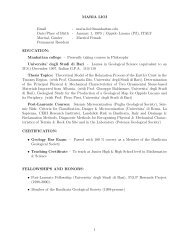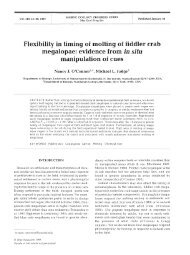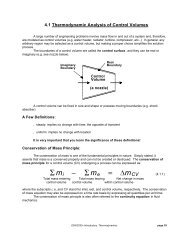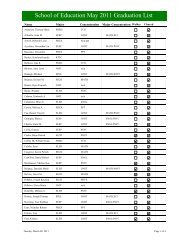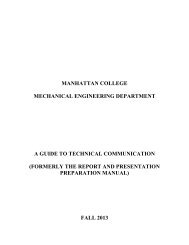Modeling of Radiation Heat Transfer in Liquid Rocket Engines
Modeling of Radiation Heat Transfer in Liquid Rocket Engines
Modeling of Radiation Heat Transfer in Liquid Rocket Engines
- No tags were found...
Create successful ePaper yourself
Turn your PDF publications into a flip-book with our unique Google optimized e-Paper software.
Motivation• Design <strong>of</strong> cool<strong>in</strong>g circuits <strong>of</strong> regenaratively cooled rocketeng<strong>in</strong>es both a good physical <strong>in</strong>sight on the work<strong>in</strong>gs <strong>of</strong>the eng<strong>in</strong>e and a method <strong>of</strong> calculat<strong>in</strong>g the effects <strong>of</strong>design changes on the heat transfer via conjugatedconvection/conduction/radiation and cool<strong>in</strong>grequirements <strong>of</strong> LRE’s• Conjugated convection and conduction models for liquidrocket eng<strong>in</strong>es are well established (e.g., TDK-RTEmodel)• Combustion gases <strong>in</strong> liquid rocket eng<strong>in</strong>es consists <strong>of</strong>gases at very high temperatures (up to 7000R) withradiatively participat<strong>in</strong>g gases, e.g. water vapor, CO,CO 2 and soot.



